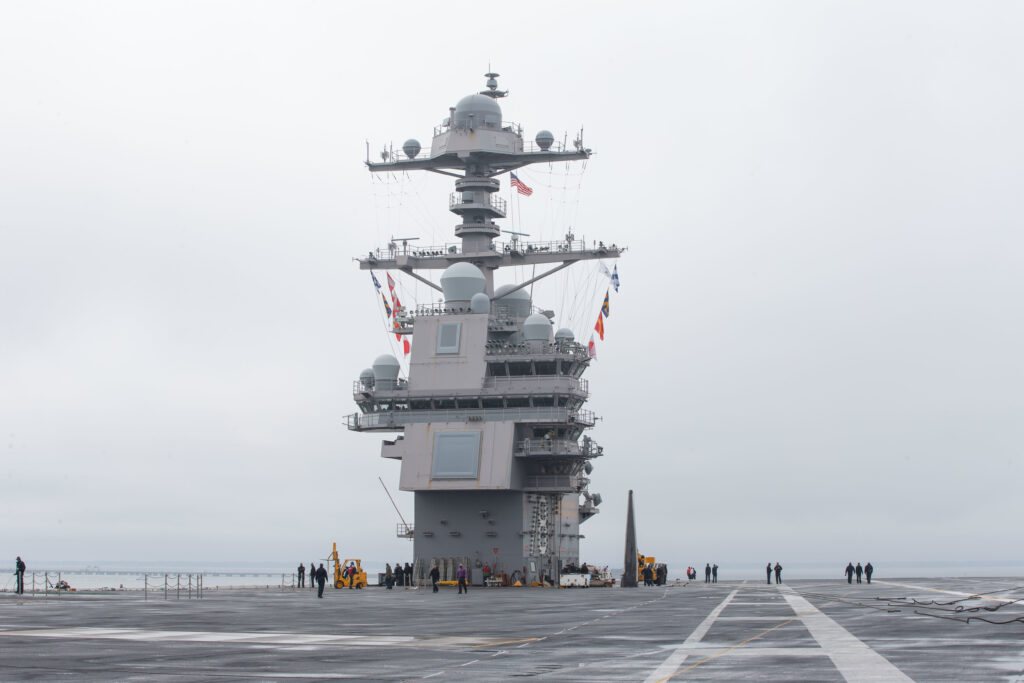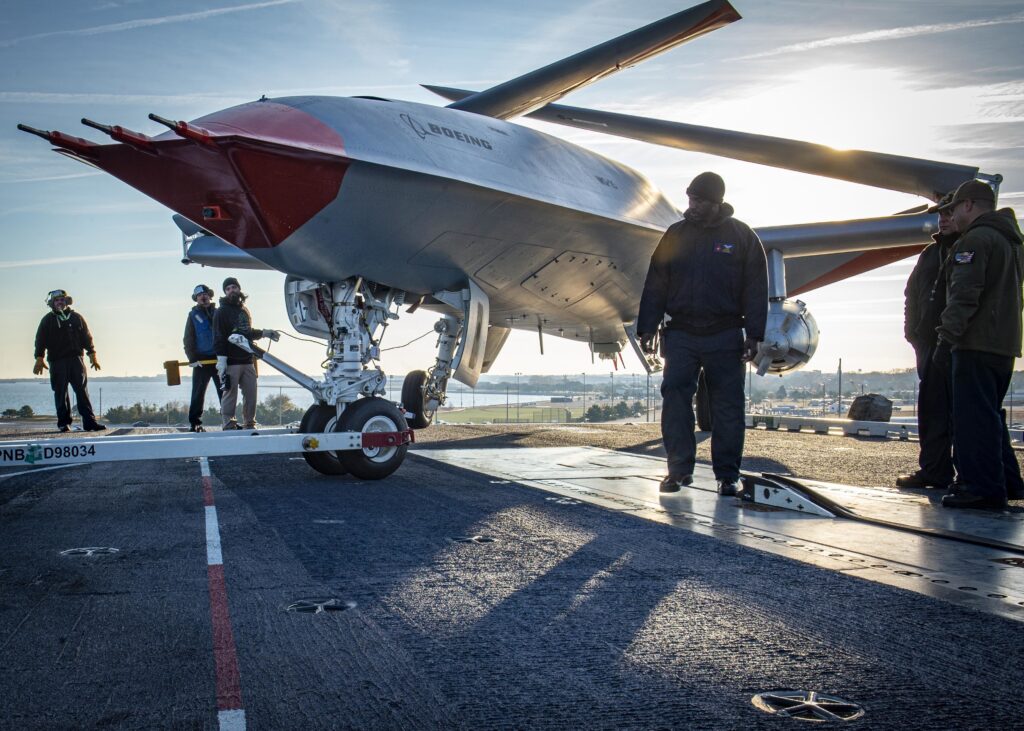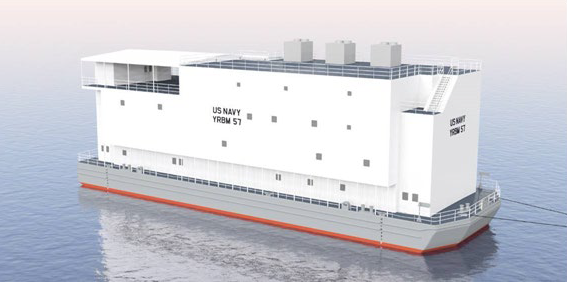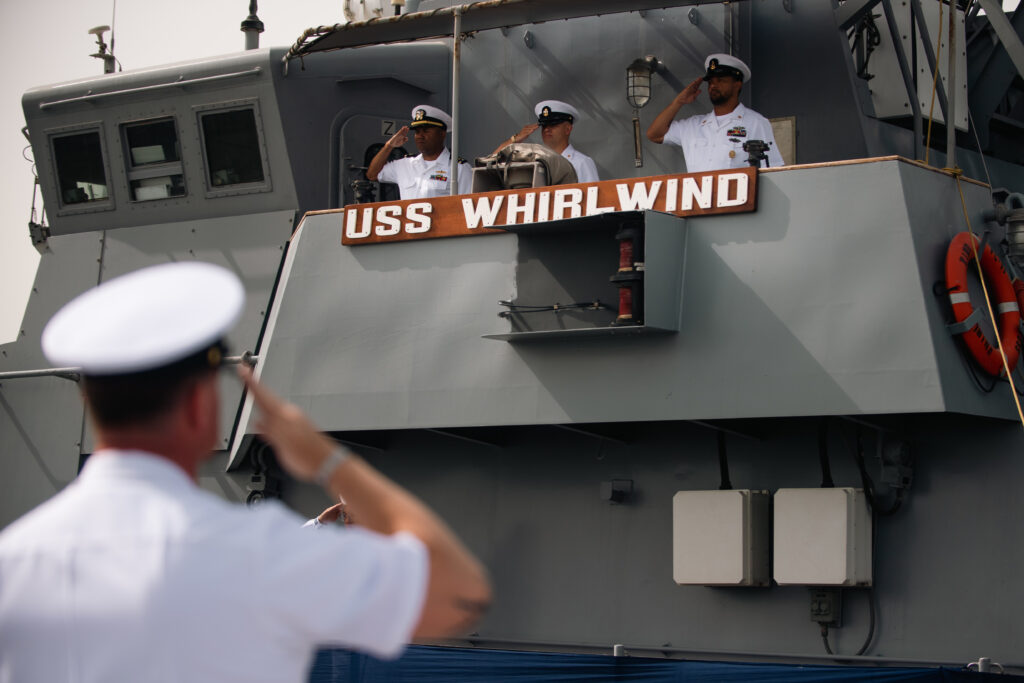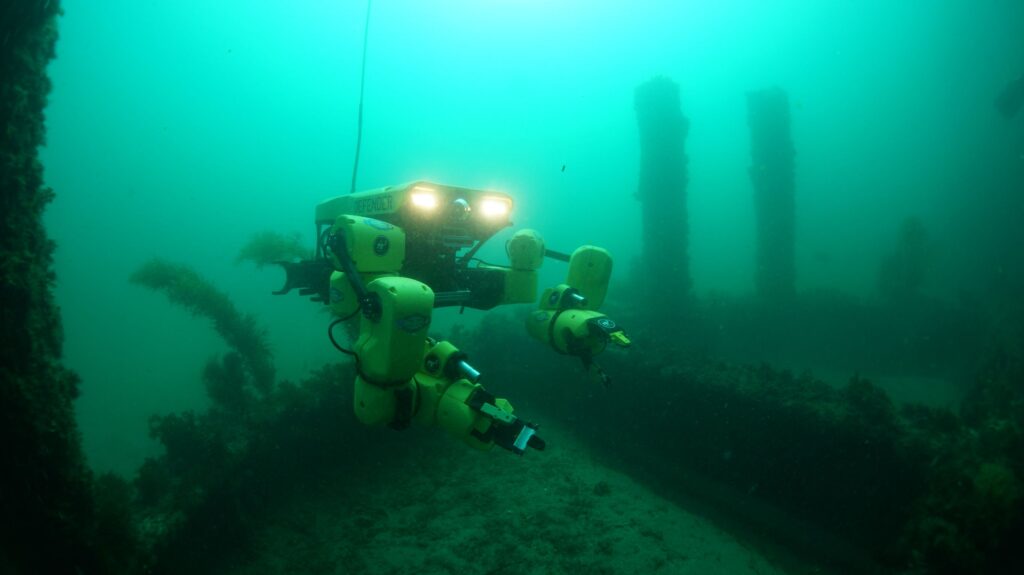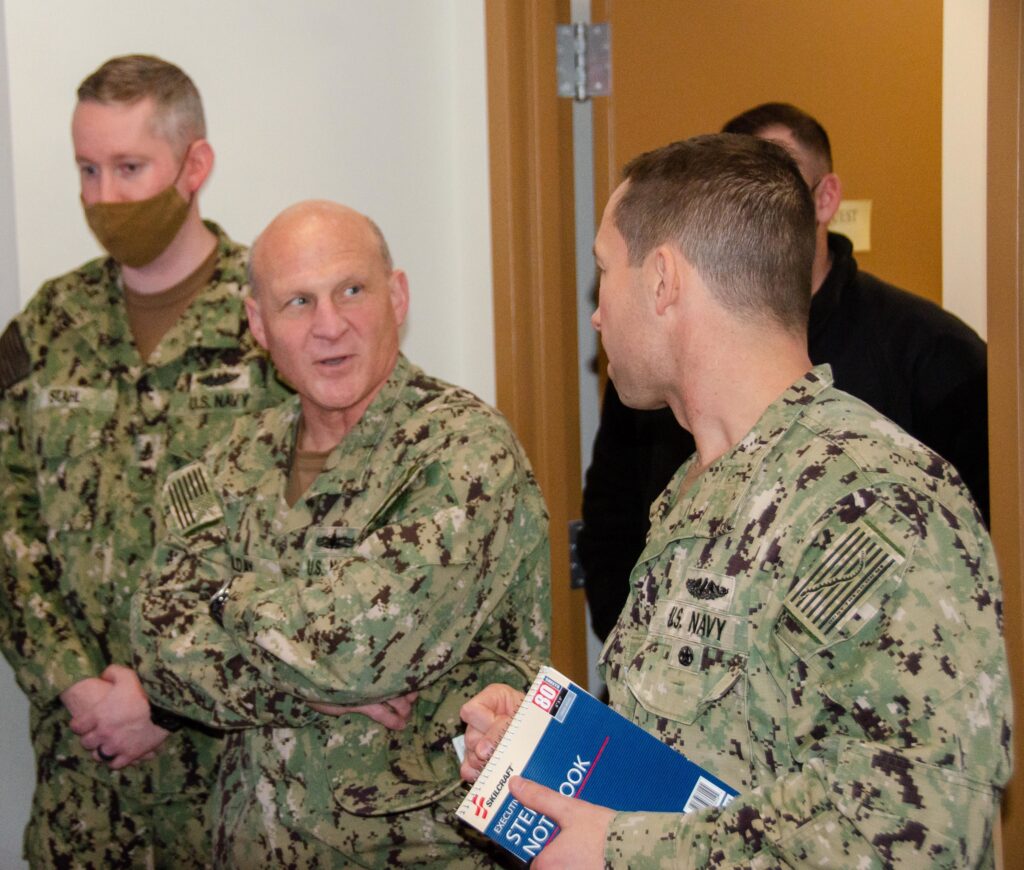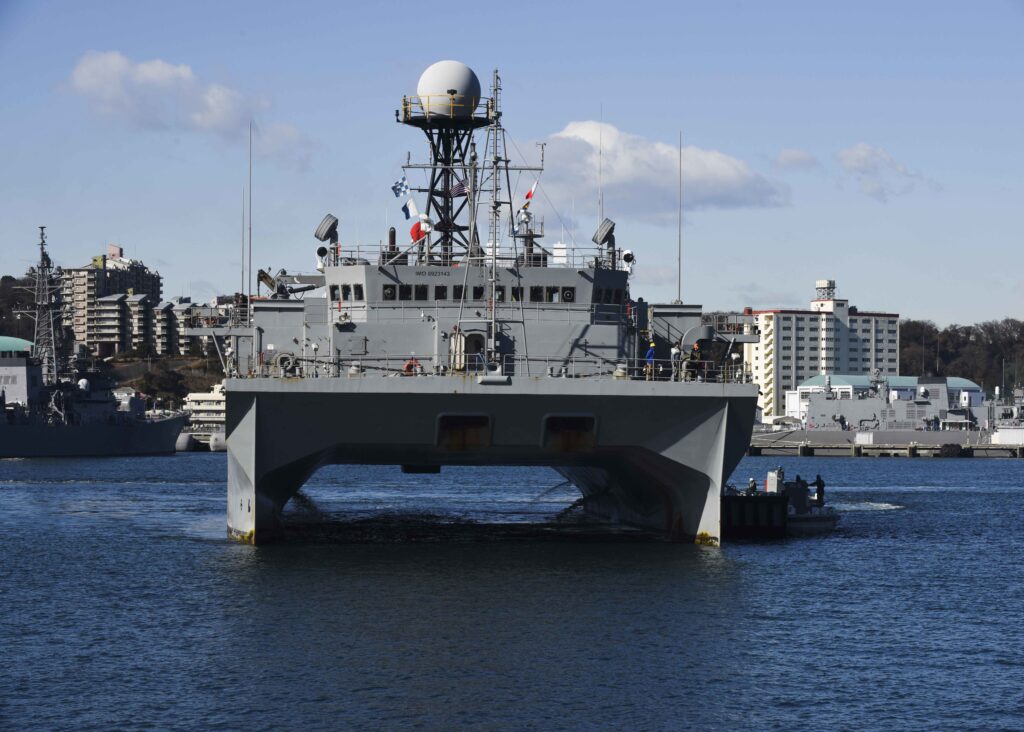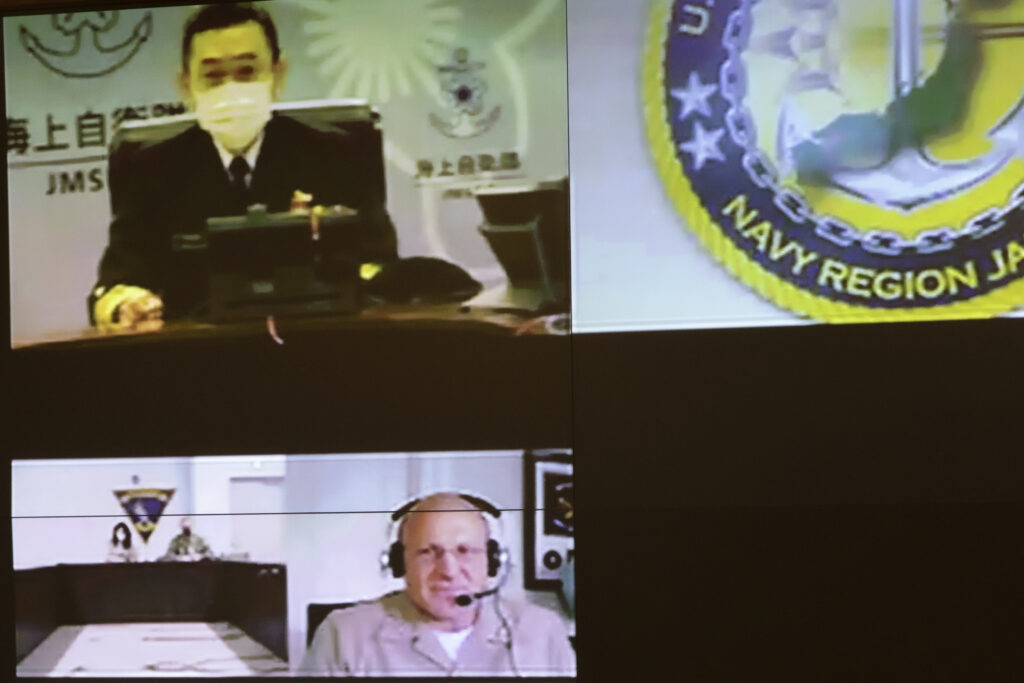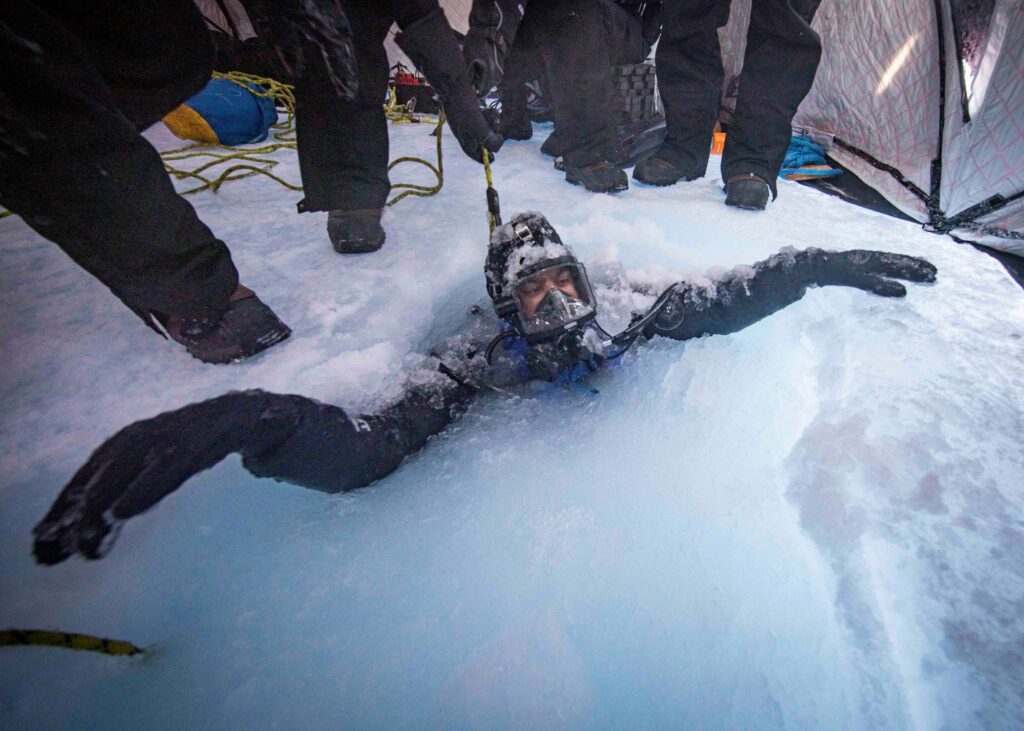Navy’s E-2D Distributed Readiness Trainers Improving Readiness, Capability
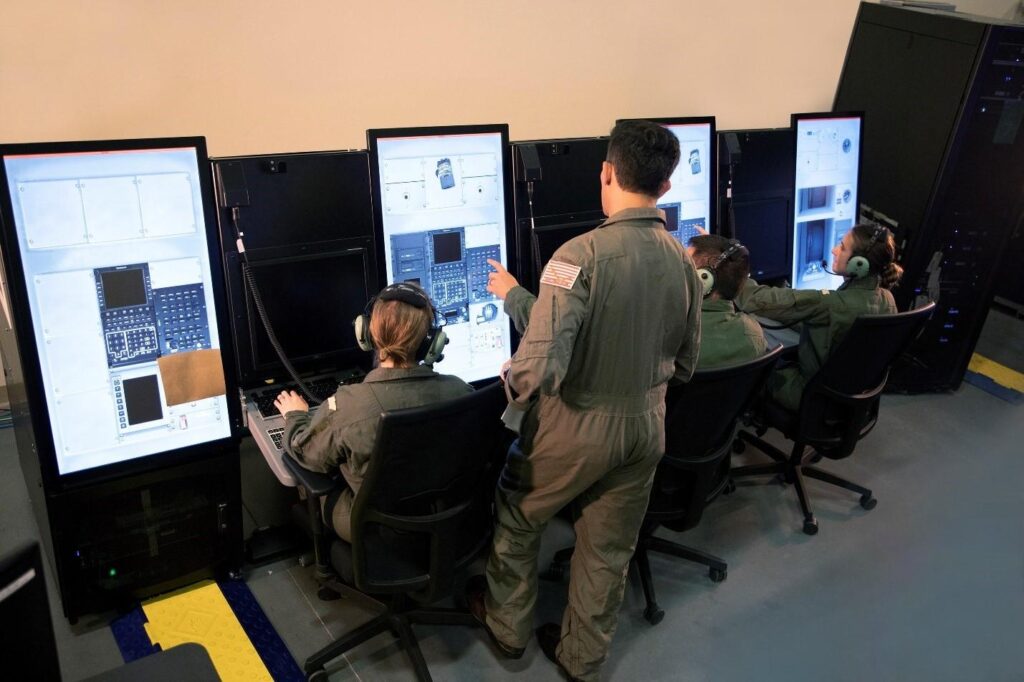
PATUXENT RIVER, Md. — The aircrew from Carrier Airborne Command & Control Squadron 125 (VAW-125), an E-2D Advanced Hawkeye squadron, recently completed two weeks of on-site readiness training following the installation of two E-2D Distributed Readiness Trainers by the Naval Aviation Training Systems and Ranges program office, Naval Air Systems Command said March 23.
These medium-fidelity trainers contain a complete mock-up of the E-2D weapons system and are available via commercial off-the-shelf components, allowing them to be operational faster than higher fidelity trainers. The D-DRT uses touch screen technology and are less expensive to maintain than the legacy trainers, which improves reliability and reduces lifecycle costs.
“Our ability to cycle through reps and sets of advanced tactics, techniques and procedures in a short amount of time will make the warfighter more lethal at a much lower cost to the taxpayer,” said David Adams, PMA-205 Training Systems integrated product team lead.
The devices were installed to coincide with the squadron’s return from deployment, for use immediately upon return. PMA-205 team members were on hand to provide instruction on their operation.
“The event provided VAW-125 an increased level of combat readiness and the ability to maintain combat effectiveness without costly travel to traditional training locations,” said PMA-205 program manager, Capt. Lisa Sullivan.
A multidisciplinary PMA-205 team conducted the training and provided aircrew with “hands-on” instruction to learn how to operate the devices and get the most out of their training. The trainers can accommodate an E-2D element of two five-crewmember aircraft to conduct a single training scenario simultaneously and execute the full list of tactics, techniques, and procedures.
Cmdr. Ryan Mann, executive officer of the E-2 Weapons School, said, “These devices have received a significant amount of positive feedback from the E-2D community, and it is very excited about its capabilities.” Future developments and iterations of the D-DRT will add additional capability to improve readiness.
